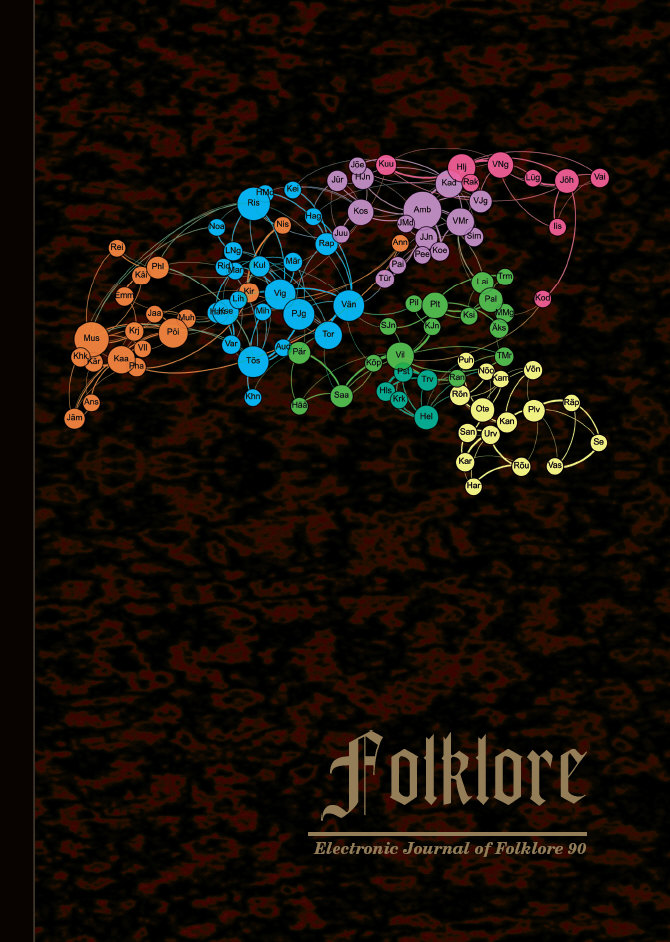Multilingualism in Estonian Poetry
Multilingualism in Estonian Poetry
Author(s): Saara Lotta Linno, Liina LukasSubject(s): Language and Literature Studies, Customs / Folklore, Estonian Literature, Cultural Anthropology / Ethnology, Culture and social structure
Published by: Eesti Kirjandusmuuseum
Keywords: Estonian poetry; literary contacts; multilingualism;
Summary/Abstract: Apart from Estonian, some other languages – from local dialects to major languages such as German and Russian – have usually also been spoken on the territory of Estonia. As a result, the literary culture of the local (small) language evolved in close contact with some foreign literatures and cultures. However, there is still no thorough analysis of how the historical change in the linguistic situation manifests itself in Estonian literature. Our article aims to draw attention to the multilingual nature of the Estonian literary field by giving a historical survey of the relations, contacts, and intertwining of the languages used in Estonian poetry from the 17th century to the present. To reflect the multiple facets of multilingualism revealed in poetry we mainly use a four-level approach partly based on Jaan Undusk’s typology of Estonian–German cultural contacts, adding the literary field as the level covering whatever is left. Thus, we treat multilingualism as a phenomenon observable within a language, text, author, and literary field. In terms of this study, intralinguistic multilingualism means language mixing in otherwise monolingual poetry, while intratextual multilingualism refers to abrupt transitions from one language to another (code-switching) within a text, and author multilingualism assumes a multilingual poet. Apart from the phenomena just mentioned, multilingualism within literature covers literary subfields in different language variants (for example literature created in South Estonian or Russian, but on Estonian territory). First, we will survey multilingualism in Estonia poetry before the Republic of Estonian was established in 1918, concluding that because German was the major cultural language up to the beginning of the 20th century, all poets, whatever their ethnicity, must have been fluent in two (or more) languages. The second period analysed spans the 20th century. The local Estonian poetry of the Soviet period stands out, with a few exceptions, for consistent use of Estonian, while some expatriate poets would also use English or Swedish. Third, we analyse contemporary poetry, where multilingualism is manifested not only by the use of local minority languages but also through intertwinings with English, Chinese or Japanese, thus giving evidence of an open society. Based on the picture emerging from the article we can say that apart from a historical overview, the multilingualism of Estonian poetry also needs closer poetic analysis.
Journal: Folklore: Electronic Journal of Folklore
- Issue Year: 2023
- Issue No: 90
- Page Range: 81-108
- Page Count: 28
- Language: English

